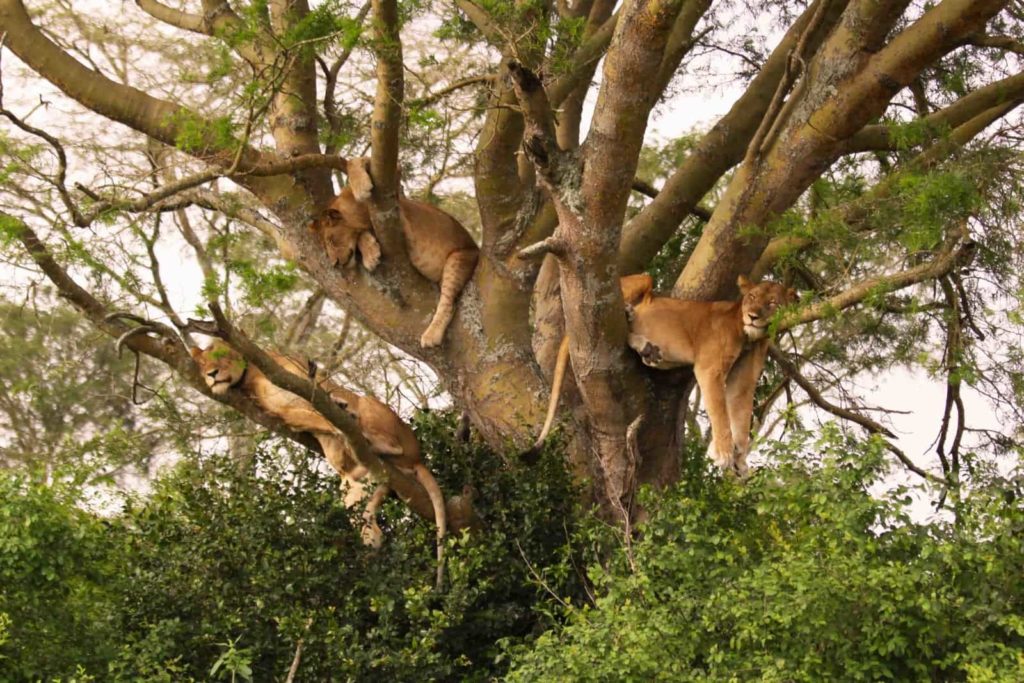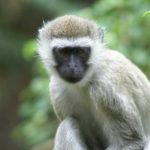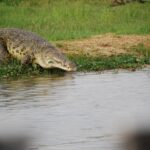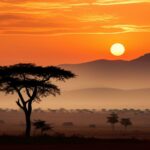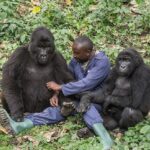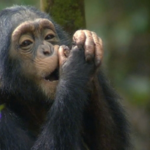Tree climbing lions are a rarity in Africa however in Ishasha-“Queen Elizabeth Park,” you will find about 50 of them sleeping the day away in the fig trees found here. They provide you with some of the best Big Cat photo shoots in Uganda.
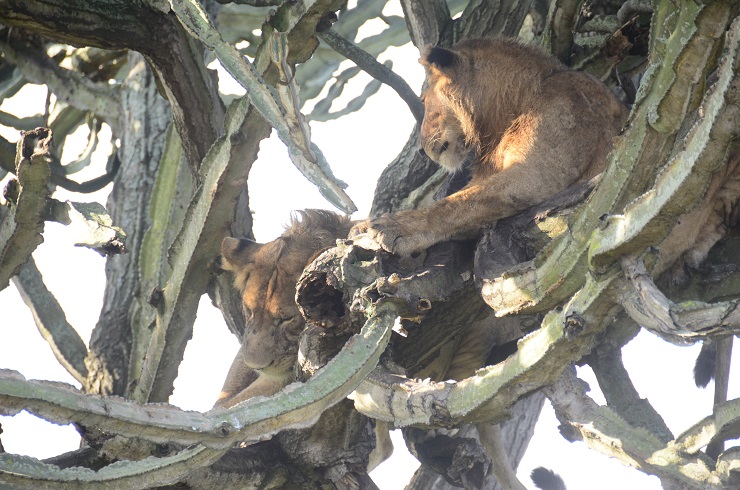
Ishasha is the most reliable location in East Africa to spot the lions sleeping the day away in the trees. They are also easily accessed from Bwindi Impenetrable Forest, especially the Buhoma Area and it is the most amazing sight at Lake Manyara in Kenya.
You will not see many vehicles around these spots-this is off of the beaten area and besides Tree climbing lions, one will come across vast elephants, buffalo herds and countless of antelopes in Ishasha.
Tree climbing lions climb Sycamore Fig trees and Acacia trees and those are their preferred choice.
Lions live for about 12 years in the African wild.
A lioness will usually give birth to a litter of about 3 cubs. They roar to attract mates. The hunt for the prey is done by the females whereas males act as protectors and the hunt is done in packs.
Unlike the human family where the little ones are fed first, lion cubs are most often last in line for their share.
A male lion will develop that lovely mane a year and a half (1.5) years after birth.
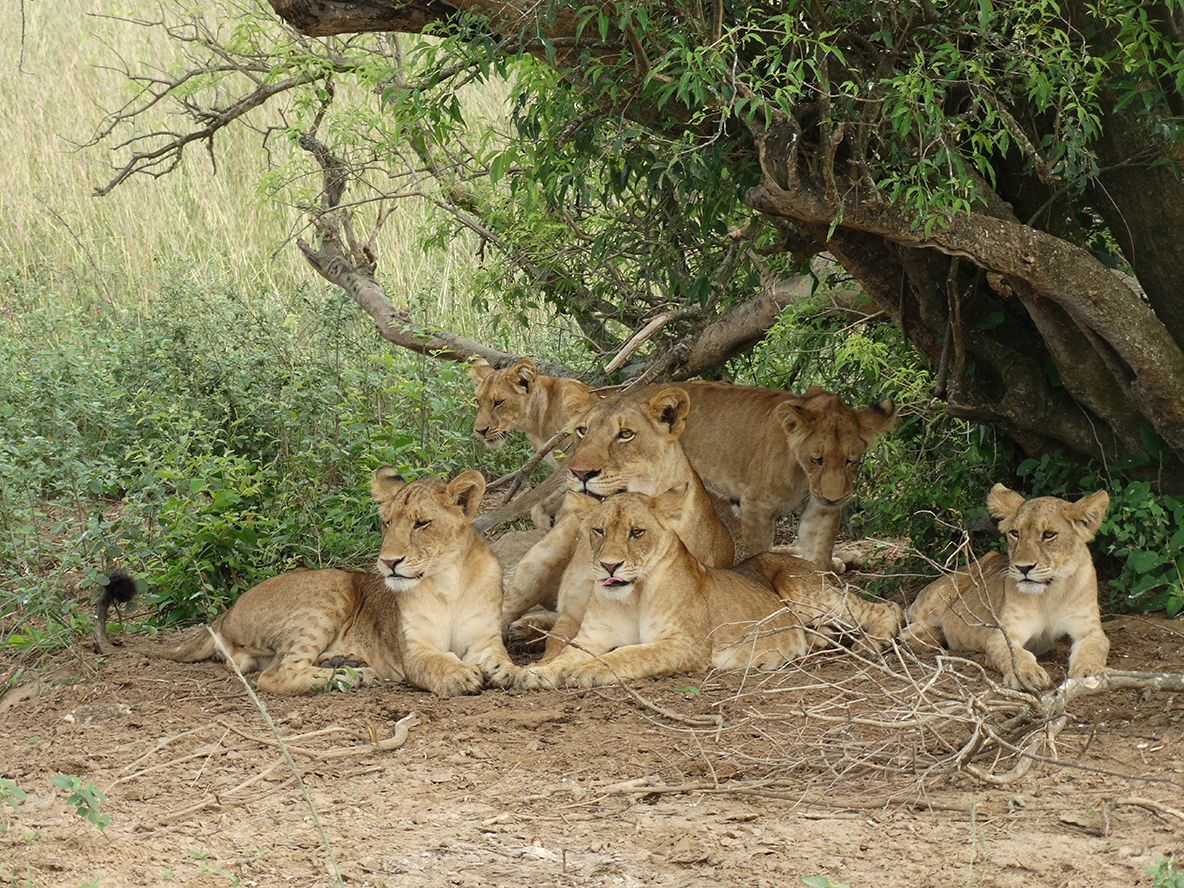
Lions are found in savannas grasslands, dense bush and woodlands.
Lions adhere to strict social structures. Groups consist of related females and their cubs who are often born around the same time and raised communally.
New mothers however, will live in dens with their cubs for the first few days to avoid building up a scent which would attract predators.
A new male taking over a pride will often kill all cubs, and mate with each of the females.
The male’s distinctive mane plays a role in making it look much larger and more intimidating to other lions and spotted “hyenas” which are the lion’s main rivals.

It is the lioness however, who are responsible for around 90% of hunting doing so in coordinated groups which can allow them to pursue larger species such as buffalo and giraffes as well as smaller antelopes.
The kill is not shared evenly, however and only the larger prey is brought back to the pride, making survival difficult for cubs during times of hardship.
Seeing lions in the wild is the most awesome visit. Uganda’s Kidepo Valley, Murchison Falls Park and Queen Elizabeth National Park are the best spot places for lions.
Try Our Top Safaris

